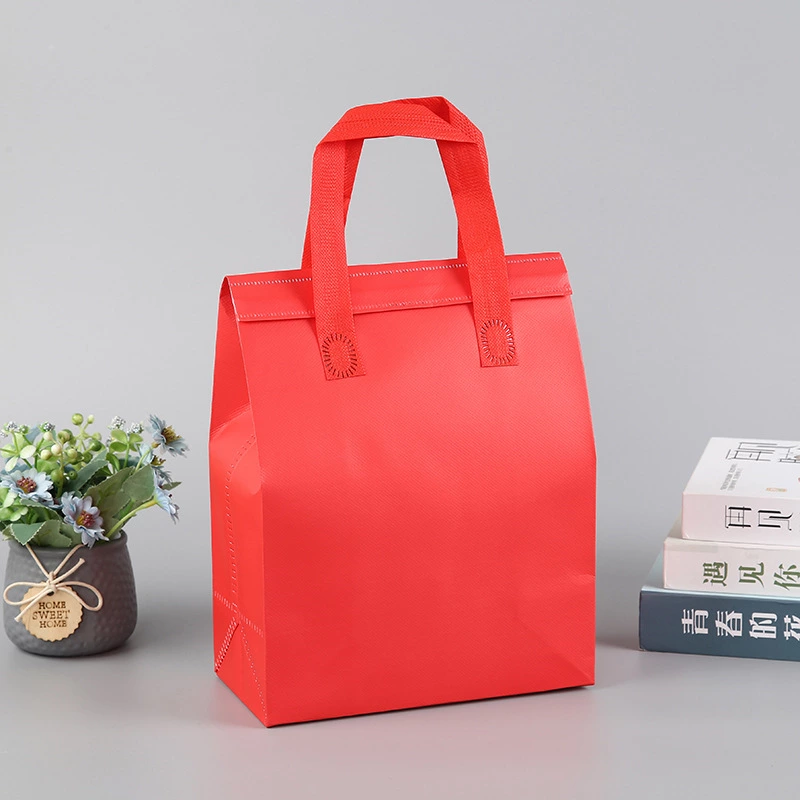Common Types Of Non-woven Fabrics
Common Non-woven Shopping Bag include spunlace nonwovens, heat-bonded nonwovens, spunbonded nonwovens, melt-blown nonwovens, needle-punched nonwovens, pulp air-laid nonwovens and wet-laid nonwovens.
Spunlace nonwovens
The fibers are entangled with each other by spraying high-pressure fine water flow onto the fiber web, thereby reinforcing them into cloth.
Features: soft and absorbent, commonly used in medical and beauty fields.
Application: skin-friendly inner layer of masks.
Heat-bonded nonwovens
Hot-melt adhesive material is added to the fiber web, and the fiber web is reinforced into cloth after heating, melting and cooling.
Features: The surface of surface bonding hot rolling is mostly smooth, and the surface of point bonding hot rolling is relatively fluffy.
Application: Production of baby diapers and women's sanitary napkin covering materials, ointment base fabrics, etc.
Spunbonded nonwovens
The polymer is extruded and stretched to form continuous filaments. After the filaments are laid into a web, they are made by bonding or mechanical reinforcement.
Features: low cost and high output.
Application: commonly used in packaging and agriculture.
Meltblown nonwovens
The process includes polymer feeding, melt extrusion, fiber formation, cooling, web formation and reinforcement.
Features: excellent filtration performance.
Application: It is a key material for making masks.
Needle-punched nonwovens
The fluffy fiber web is reinforced by the puncture of the needle.
Features: good air permeability and strong filtration.
Application: commonly used in geotextiles, industrial filter cloths, etc.
Pulp air-laid nonwovens
The wood pulp fiberboard is opened into single fibers using air-laid technology, and then agglomerated on the web curtain.
Features: good fluffiness, soft touch, and strong hygroscopicity.
Application: Mainly used for medical sanitary materials, such as highly absorbent disposable sanitary products.
Wet-laid nonwovens
Place the fiber raw materials in a water medium to open them into single fibers, mix them with other fibers to make a fiber suspension slurry, and then form a net for reinforcement in a wet state.
Features: Suitable for application scenarios that require specific water absorption or filtration performance.
Application: Commonly used in the filter middle layer of masks, etc.
